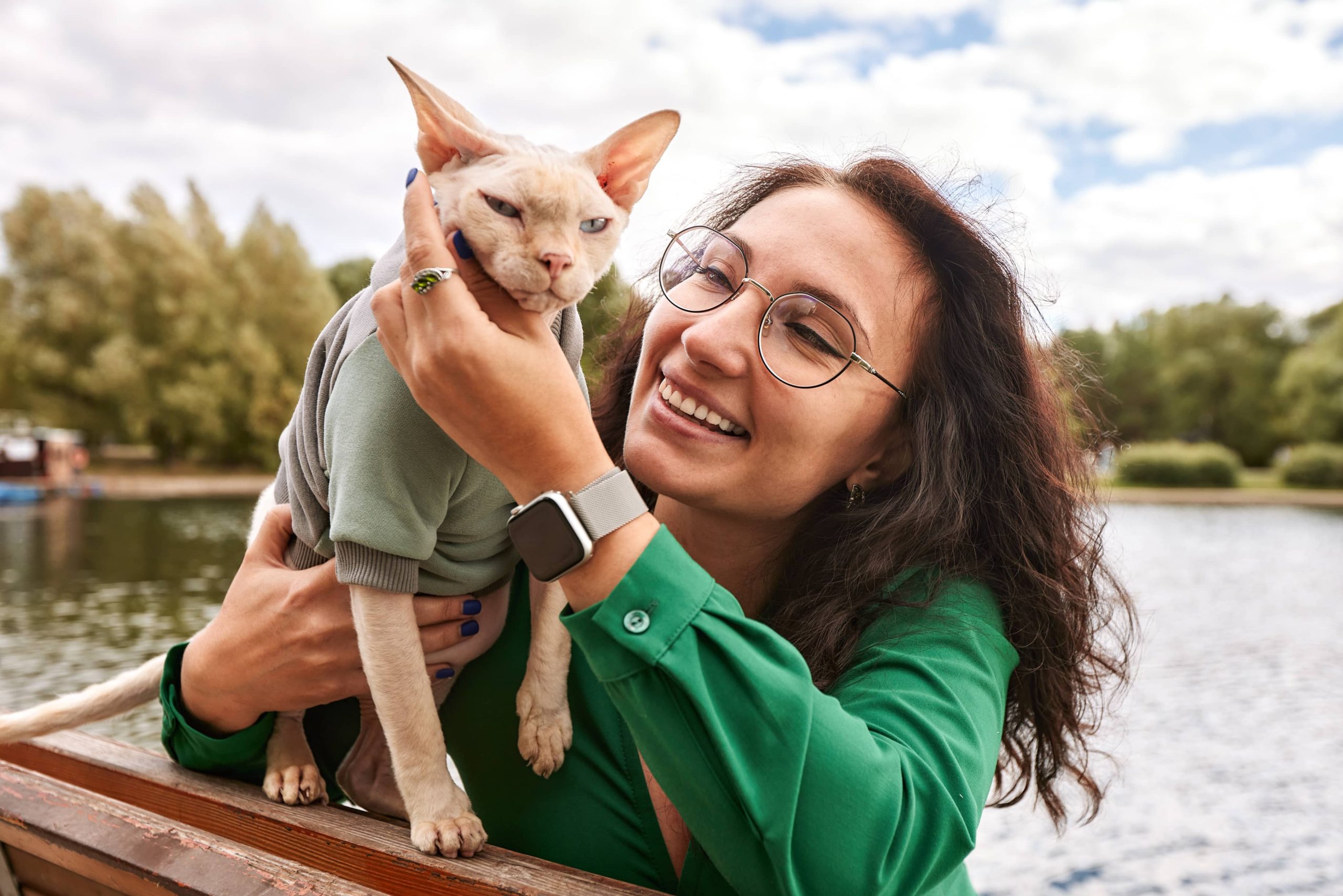
When we talk about pet adoption and rescue, we often think of saving adorable puppies, kittens, or even adult dogs and cats that have been abandoned or mistreated. It’s a noble cause and one that brings joy to both the animals and their new families. However, there’s a segment of pets that faces significant challenges in getting adopted, often overlooked and misunderstood: black cats.
October, with its spooky celebrations and Halloween festivities, brings the topic of black cats into the spotlight, albeit not always for the right reasons. Despite their
elegant appearance and affectionate nature, black cats are often subjected to superstition, prejudice, and myths that hinder their chances of finding forever homes. Let’s delve into the reasons why black cats face such challenges and how we can help them overcome these barriers.
Superstitions and Myths
One of the primary reasons black cats struggle to find homes is the deeply ingrained superstition surrounding them. Historically, black cats have been linked to bad luck and witchcraft. In medieval Europe, they were thought to be witches’ familiars or even witches in disguise. Unfortunately, these myths have persisted in various forms across different cultures and continue to affect people’s perceptions.
In the United States, black cats are often associated with bad luck, particularly on Halloween. Although these beliefs are not universally held and can sometimes be seen as mild superstitions, they still influence potential adopters’ decisions. This unfounded bias means that black cats spend more time in shelters and have lower adoption rates compared to their lighter-colored counterparts.
Visibility in Shelters
Another significant challenge for black cats in shelters is their visibility. Shelters can be overwhelming places with numerous animals hoping to catch a potential adopter’s eye. Because of their dark fur, black cats often blend into the shadows and corners of enclosures, making them less noticeable than lighter-colored cats. This lack of visibility can lead to being overlooked despite having equally loving and playful personalities.
The problem is exacerbated by the fact that many shelters are not well-lit, and black cats do not photograph as well as lighter-colored cats. Since photographs are often used to promote adoptable animals online, this can put black cats at a disadvantage.
Misconceptions About Personality
There’s a common misconception that black cats are less friendly or more aloof than other cats. This myth is entirely unfounded; a cat’s personality is influenced by genetics, socialization, and individual experiences rather than coat color. Many black cat owners attest to their pets’ loving, playful, and even quirky personalities. However, because of these unfair stereotypes, prospective pet owners might pass up the opportunity to adopt a black cat without giving them a chance.
Media Influence
Movies, TV shows, and books frequently depict black cats as ominous or associated with villains, particularly around Halloween. While these portrayals may seem harmless, they contribute to the negative perceptions and hesitance around adopting black cats. This cultural representation roots into the psyche of potential pet adopters, affecting their willingness to bring home a black cat.
Shelters’ Avoidance During Halloween
Ironically, this time of year when black cats are put in the spotlight, many shelters actively avoid adopting them out. The fear is that black cats may fall victim to cruelty or be used as props in Halloween pranks or rituals. While the intention is to protect these vulnerable animals, it also means that they miss out on adoption opportunities during a season when they could potentially find homes.
Ways to Help Black Cats Get Adopted
Understanding the challenges that black cats face in getting adopted is the first step in addressing the issue. Here are some strategies that can help these deserving animals find their forever homes:
1. Educational Campaigns: Shelters and rescue organizations can run educational campaigns to dispel myths and superstitions about black cats. Sharing factual information about their history, debunking myths, and highlighting success stories of black cats finding loving homes can change public perception.
2. Improved Photography: Investing in good lighting and photography for shelter animals can make a significant difference. Highlighting the unique features and personalities of black cats through high-quality photos and videos can help them stand out to potential adopters.
3. Special Adoption Events: Hosting black cat adoption events can draw attention to these often-overlooked pets. By creating themed adoption events, shelters can make the adoption process fun and engaging while focusing on black cats.
4. Social Media Influence: Influencers and celebrities can play a crucial role in promoting black cat adoption. When high-profile individuals adopt and share positive experiences with their black cats, it encourages their followers to consider doing the same.
5. Celebrate Their Beauty: Showcasing the beauty, uniqueness, and charm of black cats through social media, blogs, and other platforms can help change perceptions. Black cat owners should share their stories, photos, and videos to highlight the companionship and joy these pets bring.
In the world of pet adoption and rescue, black cats are often the underdogs—er, undercats. By challenging the superstitions and misconceptions, improving their visibility, and promoting their adoption, we can help these beautiful creatures find the loving homes they deserve. Adopting a black cat not only brings a wonderful pet into your life but also helps break down the barriers these lovely animals face. This Halloween season and beyond, let’s change the narrative and celebrate black cats for the extraordinary pets they truly are.






